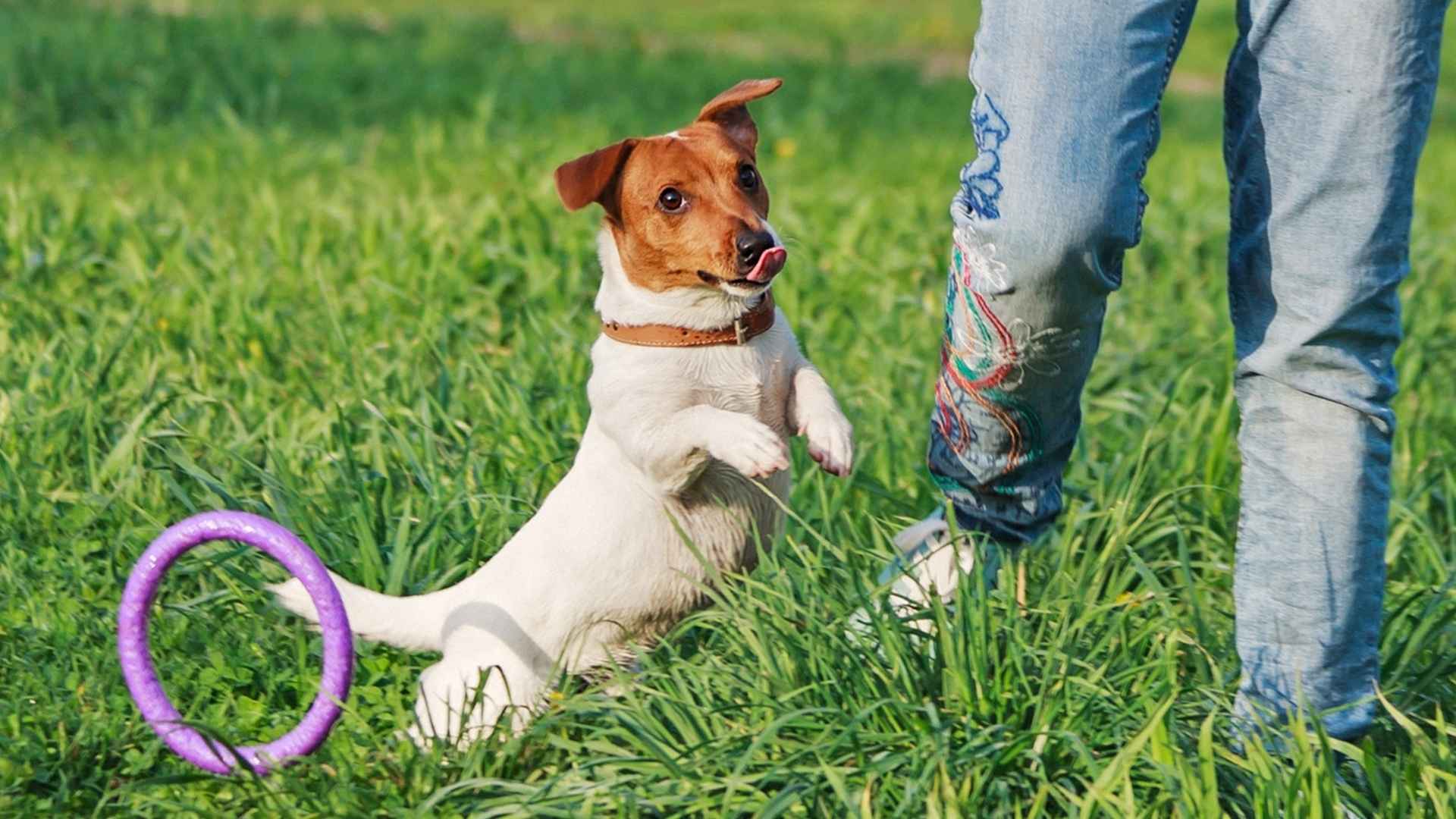If you live an active lifestyle and want a four-legged partner to match your pace, choosing a high-energy dog breed can make all the difference. While every dog needs some form of exercise, certain breeds have a natural drive for movement, work, and play. These dogs thrive on daily activity and love having a job to do—whether it’s running beside you on the trail or chasing a ball at the park.
Many of the most energetic dog breeds were originally developed for tasks like herding, guarding, or retrieving. As a result, they need more than just a daily walk—they crave mental and physical challenges to stay balanced and happy. Without the right outlet, they may become bored or develop unwanted behaviors.
Whether you’re into hiking, running, or outdoor adventures, the following high-energy breeds are ideal companions for people who enjoy staying on the move.
High-Energy Dog Breeds For Active Owners
1. Vizsla
Origin: Hungary
Group: Sporting
Size: Medium
Typical Weight: 44–60 lbs
Lifespan: 12–14 years
Vizslas are sleek, rust-colored dogs originally bred for hunting alongside Hungarian nobles. Their lean frame and athletic build are matched by a high drive for activity and human companionship. They are often described as “Velcro dogs” due to their close attachment to family members.
Highly sensitive and eager to please, Vizslas respond best to gentle, positive reinforcement training. Their intelligence and enthusiasm make them excellent partners for activities like scent work, tracking, or agility. They’re quick learners but can grow restless without varied challenges.
Vizslas require ample physical and mental stimulation every day. A large yard alone isn’t enough—they thrive with interactive exercise like long hikes, running, or structured games. If left idle, their energy can channel into anxiety or destructive behavior.
Their short coat is low maintenance, shedding modestly and rarely smelling “doggy.” Vizslas generally get along well with children and other dogs if properly socialized from an early age. Separation anxiety can be common, especially in homes where they’re left alone frequently.
2. Belgian Malinois
Origin: Belgium
Group: Herding
Size: Medium to Large
Typical Weight: 40–80 lbs
Lifespan: 10–14 years
Belgian Malinois are powerful, active dogs known for their unmatched work ethic. Originally developed for herding, they are now widely used in police, military, and protection work. Their lean, muscular frame allows for incredible endurance.
This breed is intelligent, alert, and always looking for a task to complete. They require structured training and thrive when engaged in jobs like obedience, tracking, or protection sports. A lack of routine or direction may lead to restlessness or destructive behavior.
Mals form strong bonds with their handlers and do best in households where someone is regularly present. WebMD states that daily physical exercise alone isn’t enough; mental challenges and social engagement are just as important. Their energy output demands consistency, structure, and a sense of purpose.
Although grooming needs are minimal, Belgian Malinois shed seasonally and need regular brushing. They have a high prey drive and must be introduced early to other pets and children. With the right upbringing, they can be both formidable working dogs and deeply loyal companions.
3. Jack Russell Terrier
Origin: England
Group: Terrier
Size: Small
Typical Weight: 13–17 lbs
Lifespan: 13–15 years
Originally bred for fox hunting, the Jack Russell Terrier is a bold, compact dog with endless energy. Their alert expression, sturdy frame, and quick movement reflect their strong prey instincts. They are happiest when there’s something to chase, dig, or explore.
Jack Russells are fearless and intelligent, often showing a mischievous streak. While eager to learn, they’re also independent and may test boundaries. Positive, consistent training works best, especially when started young.
As per PDSA, this breed has a high activity level and requires more than just daily walks. Without enough mental and physical stimulation, they can become noisy or destructive. Secure fences are crucial, as their curiosity can drive them to escape in search of adventure.
Grooming needs are low thanks to their short or broken coat, but shedding can occur year-round. Jack Russells can get along with other pets if socialized early, though their hunting background means they often chase smaller animals. They do best with active owners who understand their spirited nature.
4. Labrador Retriever
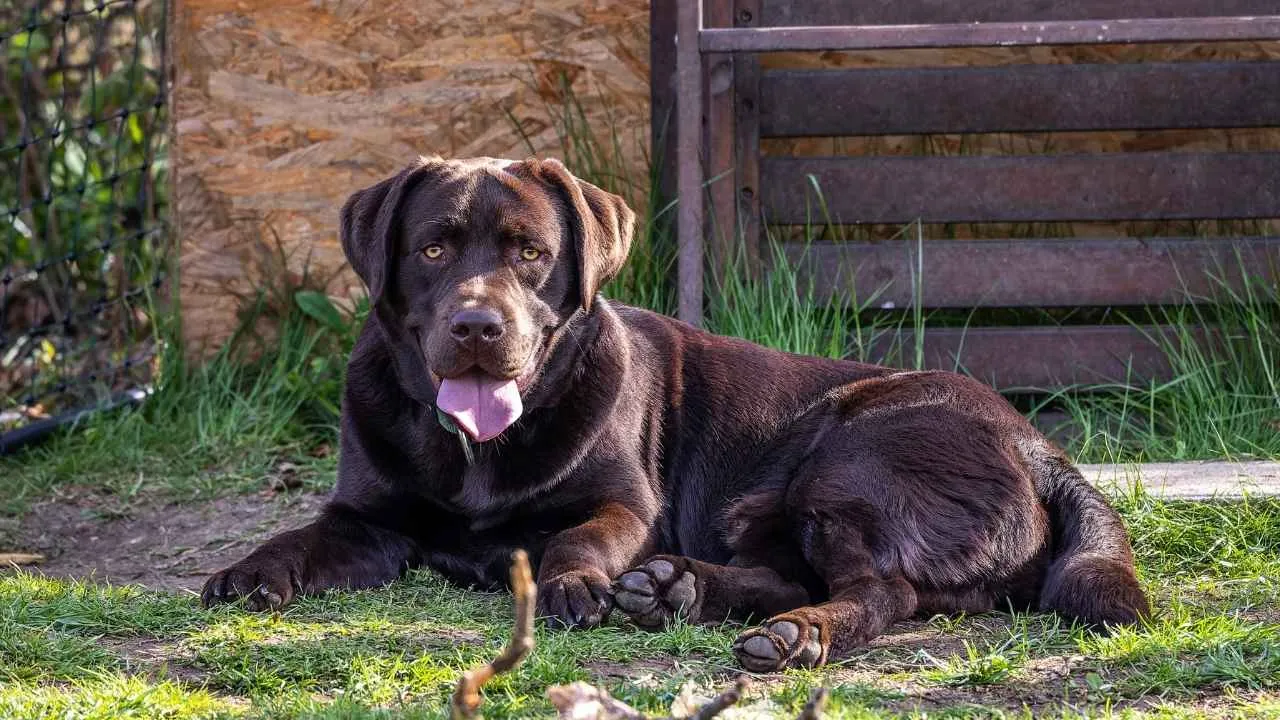
Origin: Canada
Group: Sporting
Size: Medium to Large
Typical Weight: 55–80 lbs
Lifespan: 11–13 years
Labrador Retrievers are cheerful, high-spirited dogs known for their love of play and strong retrieving instincts. Originally bred in Newfoundland to assist fishermen, they’re natural swimmers with a water-resistant coat and webbed feet. Labs are among the most popular family dogs in the U.S., valued for their gentle, friendly nature.
These dogs thrive in busy households and enjoy being involved in everything their people do. They especially love games like fetch, hiking, swimming, and joining outdoor adventures. Regular activity helps them stay mentally sharp and physically fit.
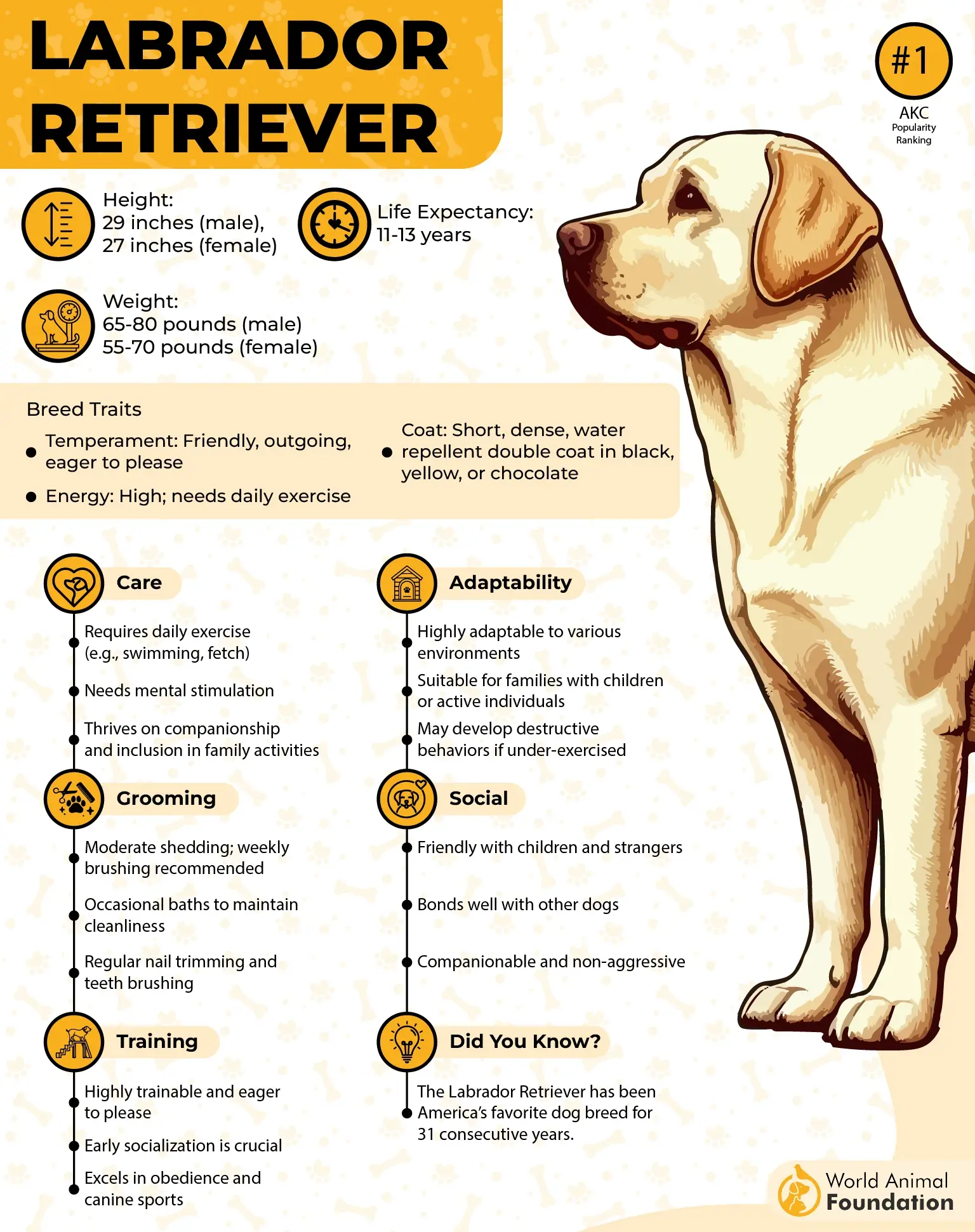
Training a Labrador is usually straightforward thanks to their eagerness to please. They’re food-motivated and quick learners, which makes them excellent candidates for service work and dog sports. Early training helps manage their excitement and jumping.
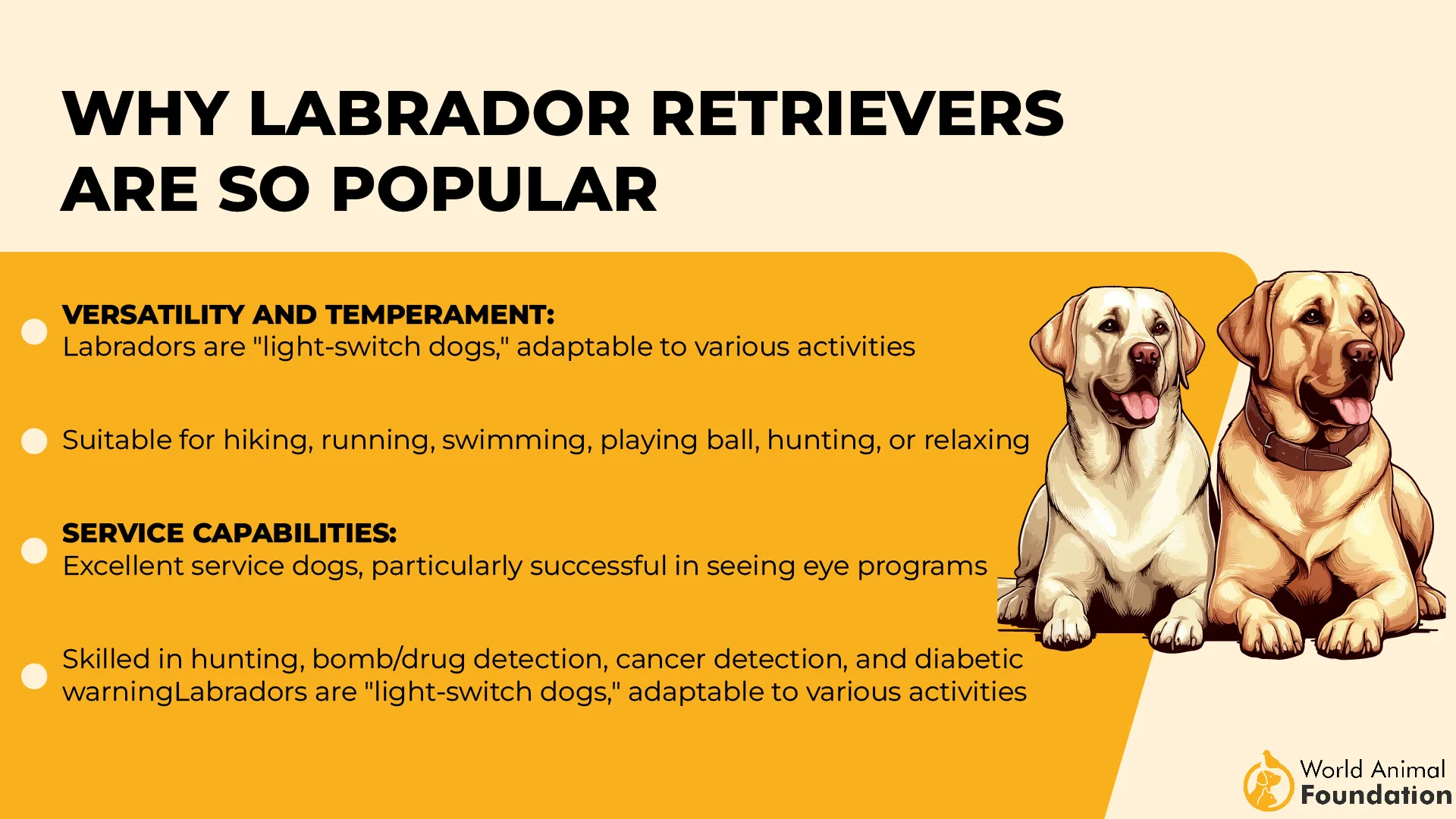
While Labs are affectionate and loyal, they also shed heavily and tend to chew on anything if left bored. Regular brushing, dental care, and interactive toys can keep them healthy and content. Watch for signs of obesity, hip dysplasia, and ear infections, especially in active, outdoor-loving Labs.
5. Weimaraner
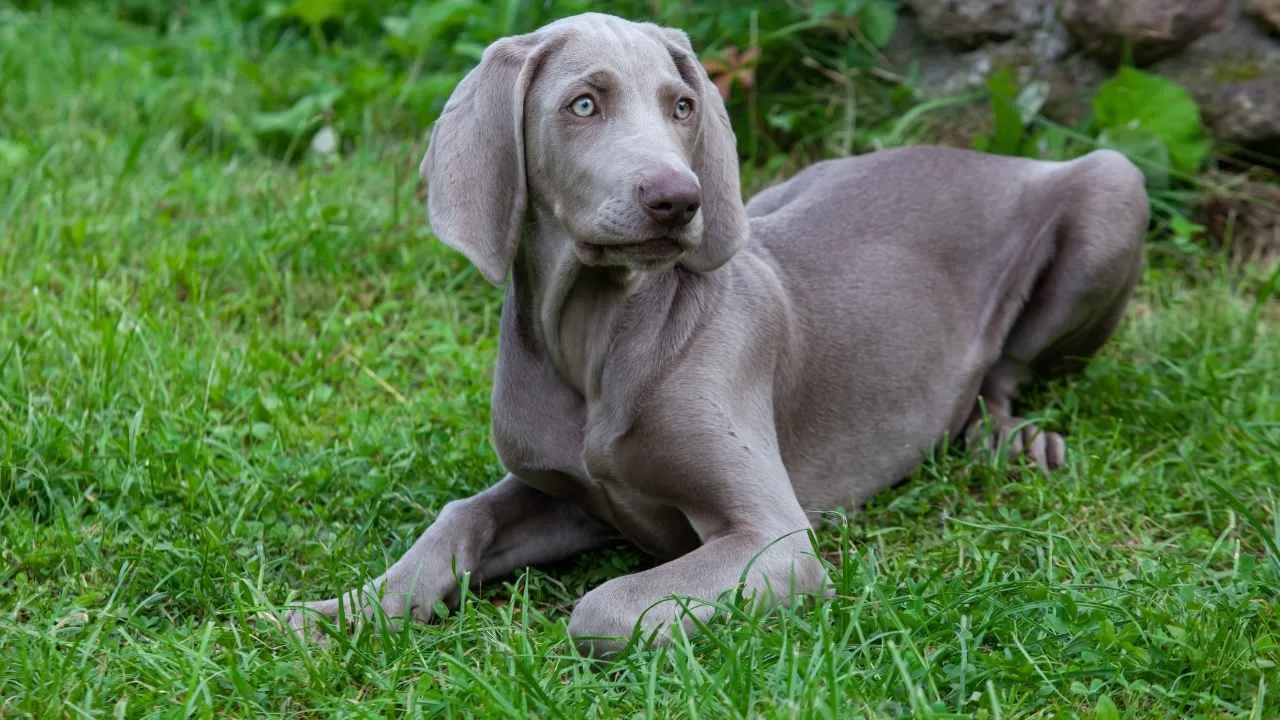
Origin: Germany
Group: Sporting
Size: Large
Typical Weight: 55–90 lbs
Lifespan: 10–13 years
With their sleek silver-gray coats and striking eyes, Weimaraners are often called the “Gray Ghost.” They were originally developed for hunting large game, including boar and deer, and later adapted to bird hunting. Their stamina and speed make them ideal partners for long-distance runs and outdoor adventures.
Weimaraners are very attached to their people and don’t like being left alone. They crave constant company and can follow their owners from room to room. Without companionship, they may develop anxiety or act out through chewing or barking.
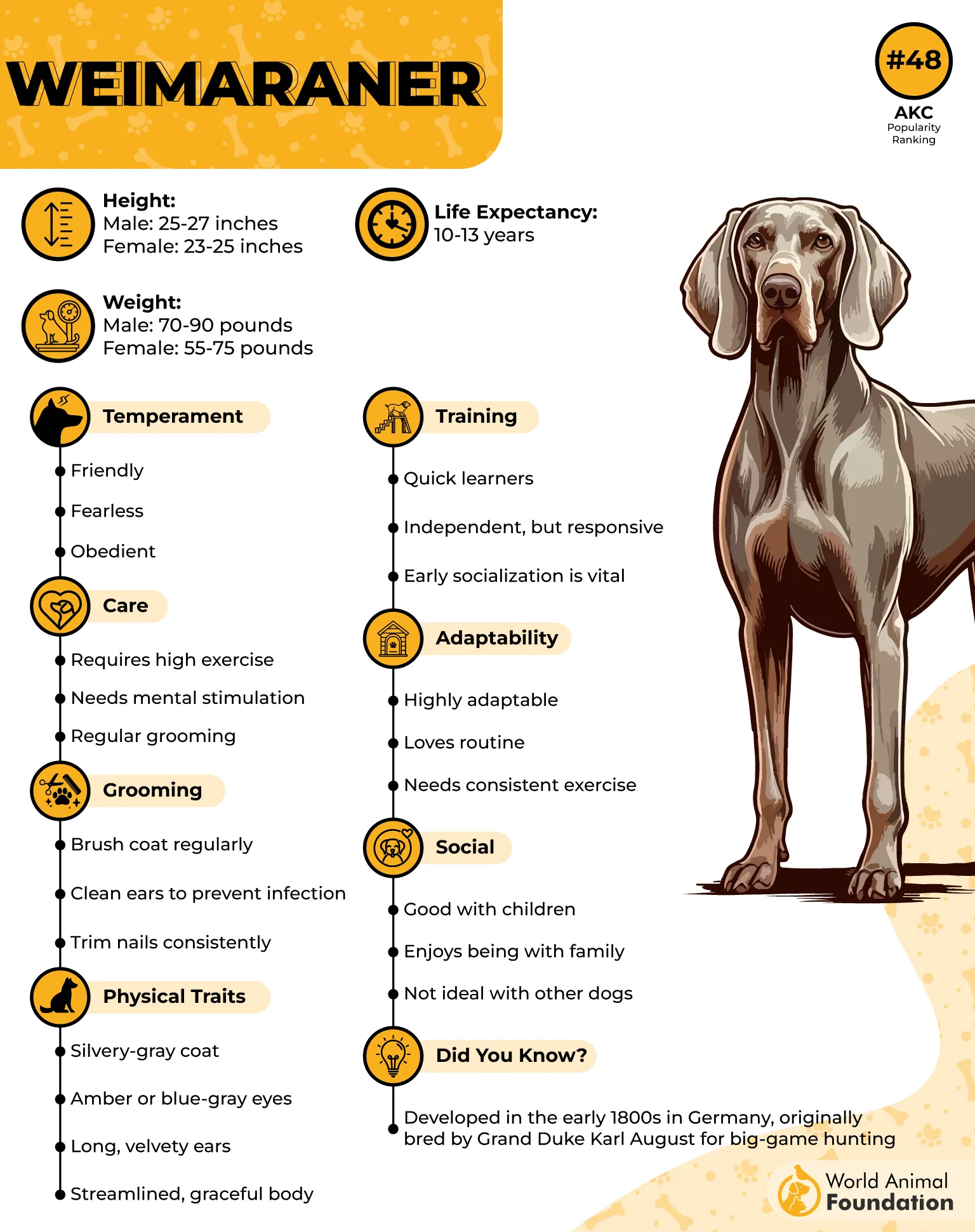
Daily vigorous exercise is essential to prevent restlessness or mischief. Long runs, bike rides, and fetch games suit their energy levels best. Boredom can quickly lead to digging, escaping, or destructive chewing.
These dogs are intelligent but can be stubborn and sensitive. Harsh correction doesn’t work well, so they respond better to calm, consistent, reward-based training. Socialization should begin early to ensure they remain balanced around people and other animals.
6. German Shorthaired Pointer
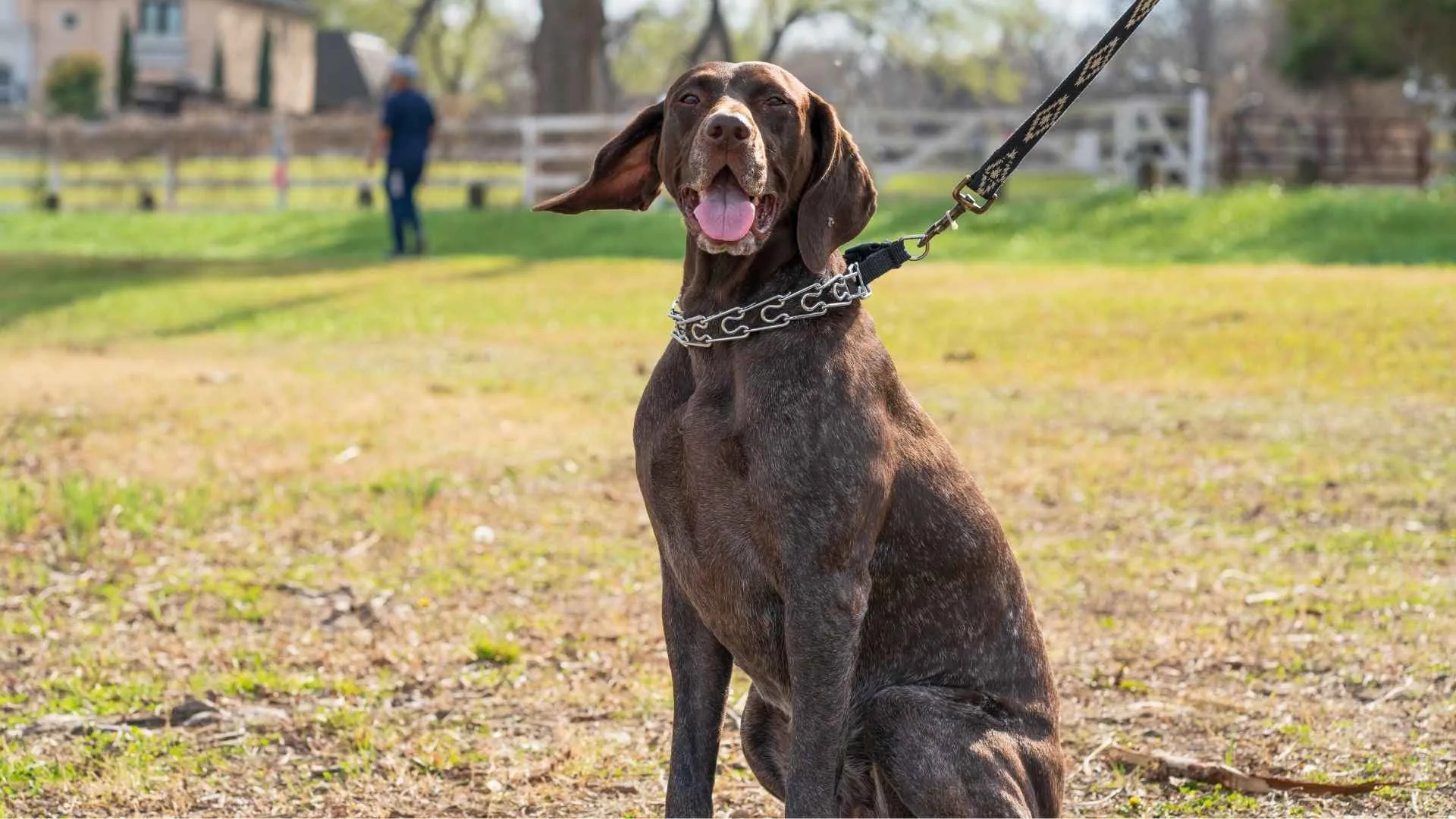
Origin: Germany
Group: Sporting
Size: Medium to Large
Typical Weight: 45–70 lbs
Lifespan: 12–14 years
German Shorthaired Pointers (GSPs) are versatile hunting dogs known for their stamina, athleticism, and tracking abilities. Their sleek, short coat is easy to care for and comes in liver, white, or roan patterns. Bred for performance, they excel in both land and water activities.
These dogs need plenty of physical and mental challenges each day. They enjoy running, hiking, swimming, and even dog sports like agility and dock diving. Without stimulation, their energy can turn destructive indoors.
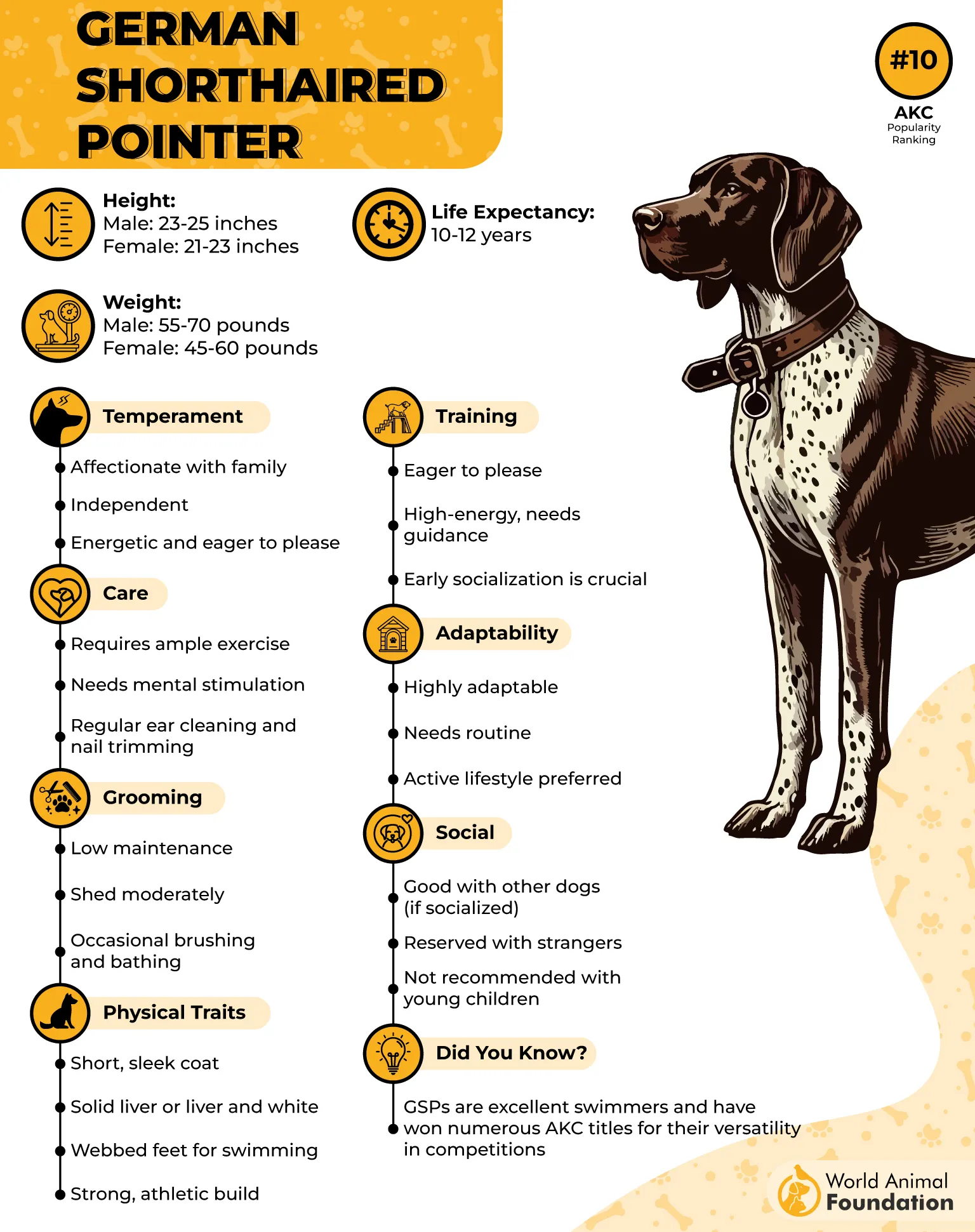
GSPs are affectionate and form close bonds with their families. They’re sociable but can be wary of small pets due to their high prey drive. Early training and supervision are important to guide their instincts in a positive direction.
They learn quickly and enjoy working with people, but they can become distracted outdoors. A secure yard and strong recall training help keep them safe. GSPs are happiest when included in daily life and active routines.
7. Border Collie
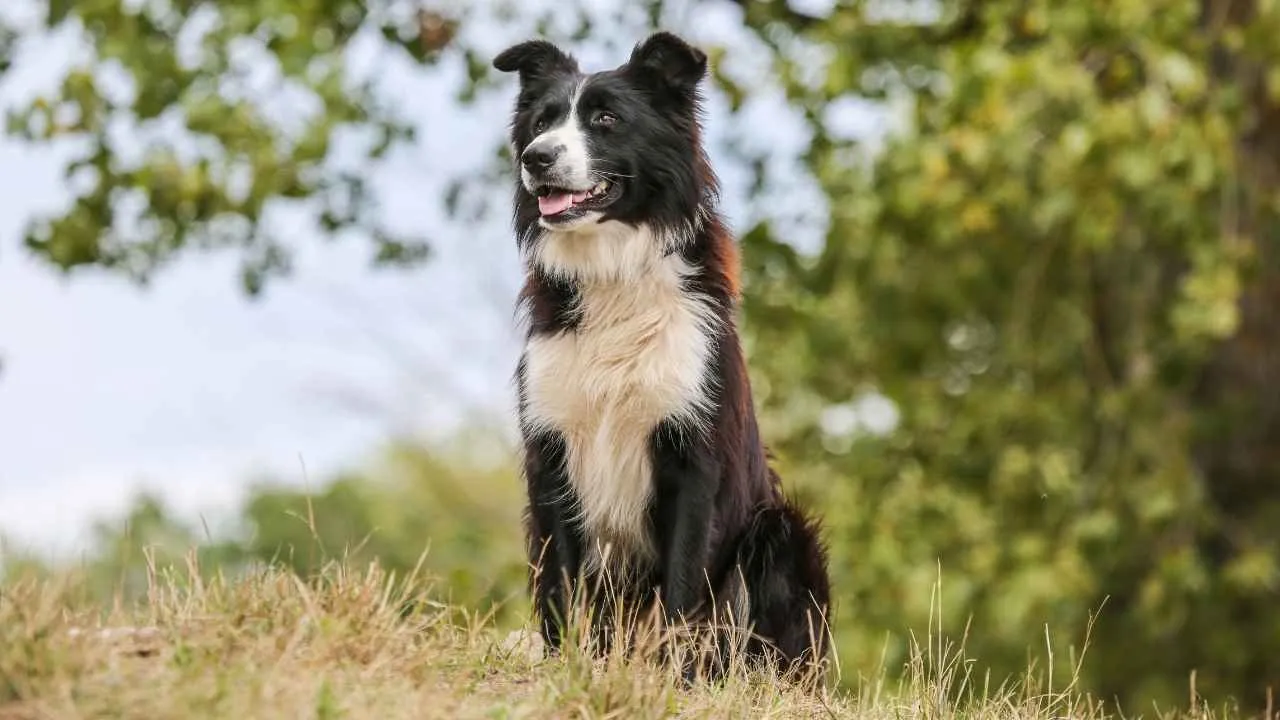
Origin: United Kingdom (Scotland/England)
Group: Herding
Size: Medium
Typical Weight: 30–45 lbs
Lifespan: 12–15 years
Border Collies are intensely intelligent and agile dogs originally bred for herding sheep in the rugged British countryside. As per Purina, they’re known for their sharp focus, keen instincts, and endless drive to work. Whether herding livestock or playing flyball, they rarely stop moving.
Mental activity is as important as physical exercise for this breed. Puzzle toys, training drills, and herding-style games can satisfy their sharp minds. Without tasks to do, they may develop habits like obsessive barking or chasing.
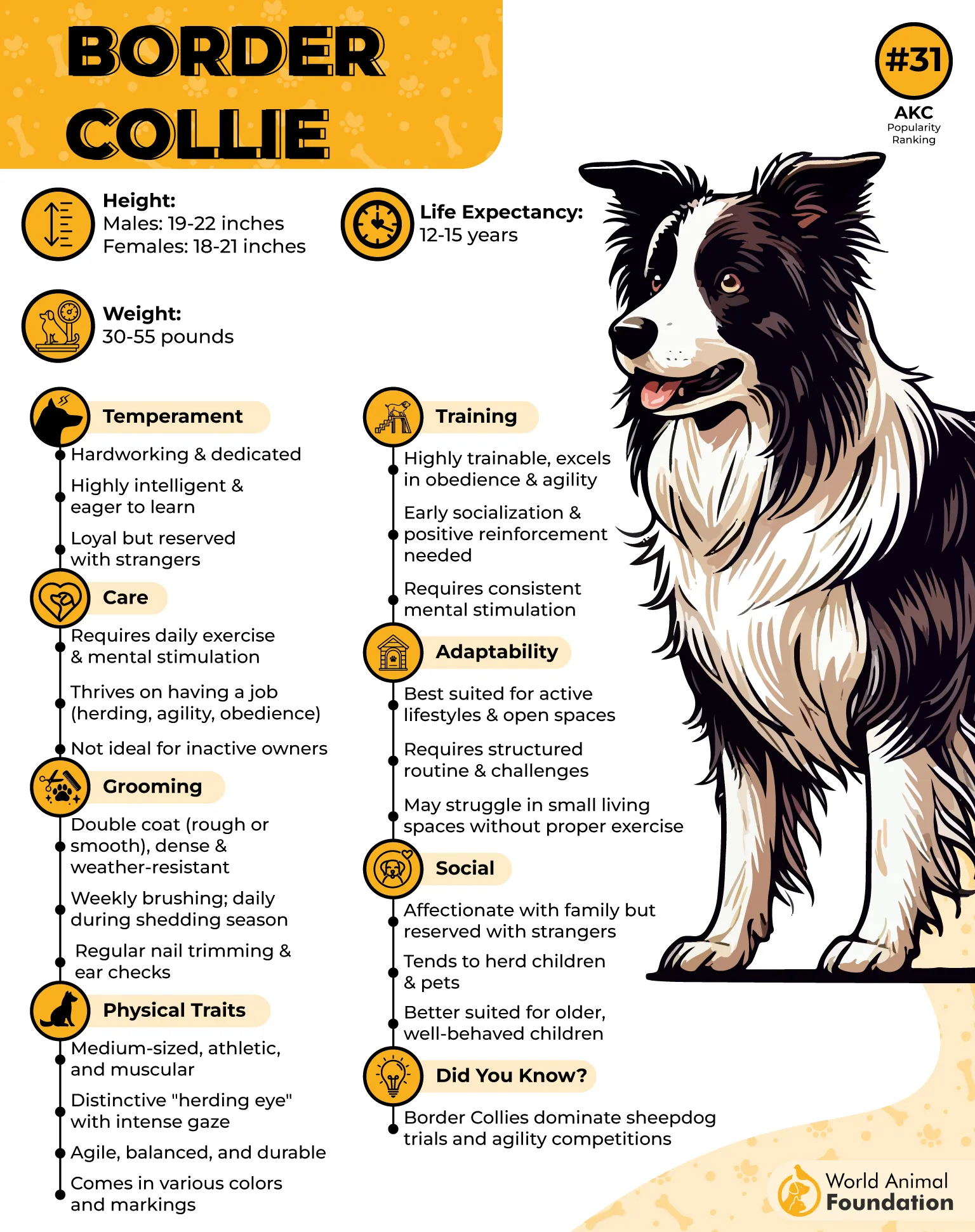
Border Collies form strong bonds with their families and often keep a watchful eye on kids and animals. While affectionate, they can be reserved with strangers and sometimes herd children or other pets. Structured socialization helps prevent excessive wariness or pushiness.
This breed does best in homes where they can stretch their legs and stay busy. Apartment living may not suit them unless paired with a very active owner. They thrive in rural or suburban settings with room to roam and things to do.
Conclusion
For pet parents with active lifestyles, choosing the right dog breed can make all the difference. High-energy dogs like the Labrador Retriever, Weimaraner, German Shorthaired Pointer, and Border Collie bring enthusiasm, intelligence, and athleticism into daily routines. Whether it’s hiking through wooded trails, joining agility classes, or taking long neighborhood jogs, these dogs thrive when they have a job to do or a trail to follow.
These breeds aren’t just fast on their feet—they’re also quick learners who need consistent mental stimulation and outlets for their drive. While they vary in temperament, size, and grooming needs, one thing they share is their love of movement and interaction.
Living with such energetic companions means committing to their exercise and training needs, but the reward is a loyal, motivated friend who’s always ready for the next adventure. With regular activity, structure, and shared routines, these dogs can be wonderful additions to busy, outdoorsy households.
From backyard sprints to weekend trail runs, these breeds remind us how rewarding life with a high-energy furry friend can be.


